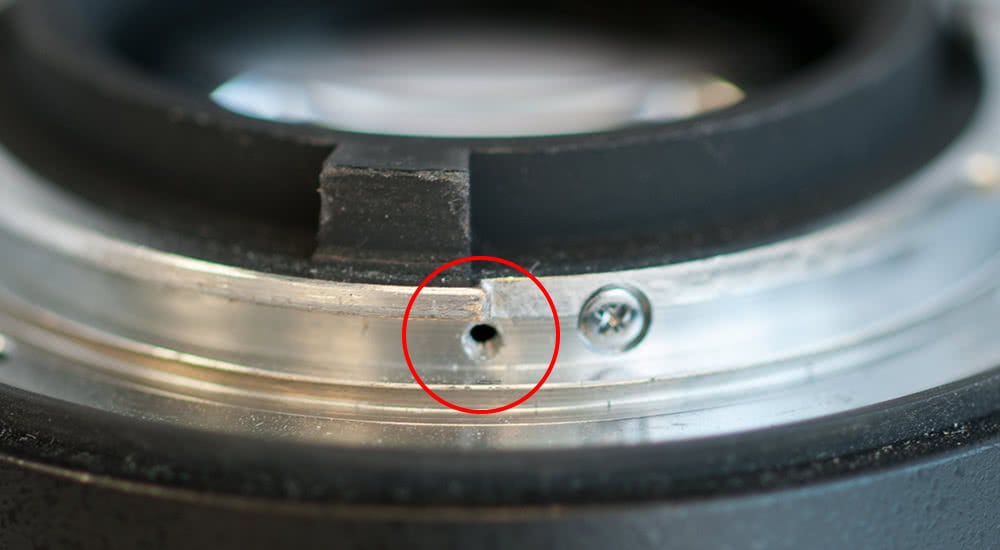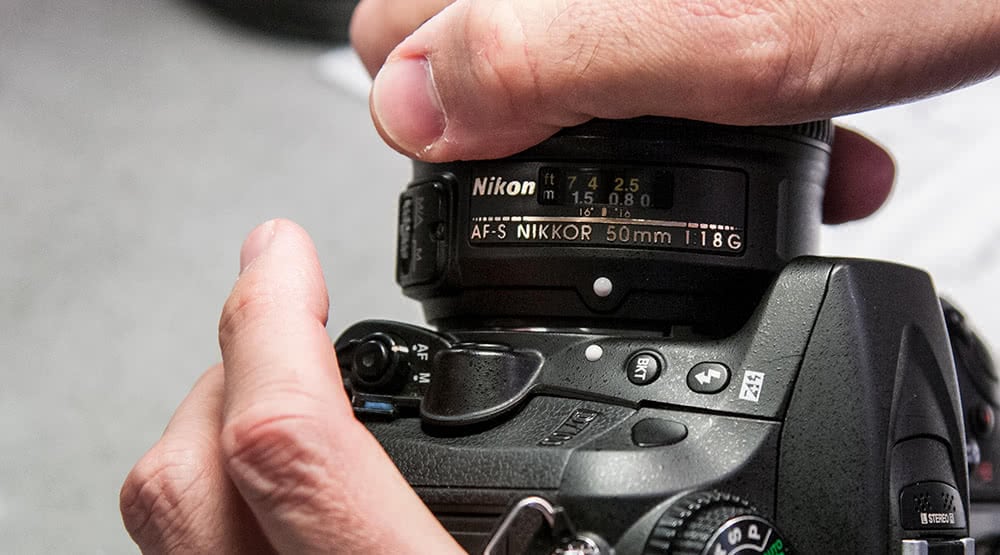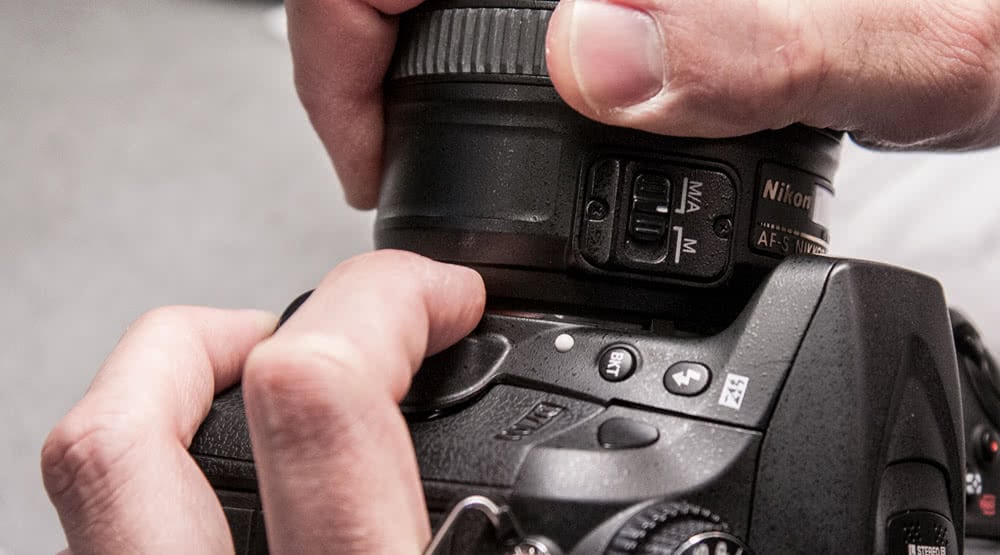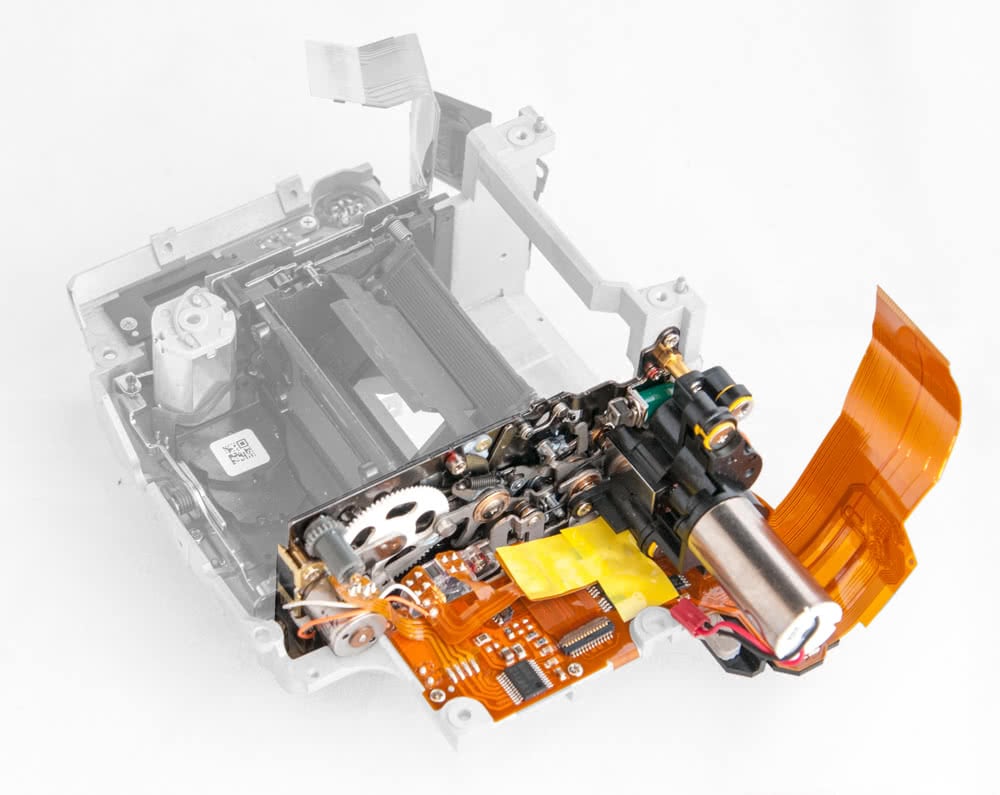Our Nikon technicians are a dedicated team of specialists and can turn their hands to almost any repairs on bodies, lenses and speedlights.
Yusuf
Yusuf’s interest in computers and electronics began at an early age and he unofficially ran his school’s IT department. He completed his degree in Computer Aided Design in 1996 and became a Field Engineer, later QA engineer, for Bromcom computers. In 1999 he joined Motorola GSM Systems as a De-bug Engineer and in 2001 joined Alcatel Submarine Networks, working on their under-water fibre-optics. He joined Fixation in 2002 and until 2016 performed our IT support as well as carrying out repairs. These days he repairs Nikon film scanners and Quantum products, as well as Nikon’s mid-range and semi-pro bodies and lenses. In keeps his hand in with computers by volunteering as IT Consultant at his local library. Yusuf has a reputation within Fixation for enjoying his food, although his diet is going well. He’s a fan of Stephen Hawking, whose theories he finds fascinating and his guilty pleasure is any film starring Arnold Schwarzenegger.
 Noz
Noz
Chocoholic Noz joined Fixation as a trainee in March 2002 and the first camera he ever repaired was a Nikon FM2. Two years later he had progressed to repairing Pro digital products like the D1 and D2 series and he remains the go-to technician for Nikon’s flagship cameras like the D4 and D5. He rivals Melanie as a contender for Fixation’s loudest sneezer (please guys, it’s NOT a competition!) and as well watching his beloved Arsenal, he enjoys F1, running and cycling. In fact, he has completed the annual London to Brighton 55 mile bike ride three times with a pretty impressive PB of 2 hours 43 minutes. It’s certainly one way to burn off all that chocolate.
 Chris
Chris
Chelsea fan Chris was originally employed by Melanie in 2002 when she supervised the Customer Support team at Nikon UK. But having always had an interest in how things work, when an opportunity came up to join Nikon’s workshop as a trainee in 2005, Chris swapped the telephone for screwdrivers and soldering irons and hasn’t looked back. He joined Fixation in May 2012 and continues to repair Nikon pro and semi-pro cameras and lenses. Chris has a strong interest in history, particularly the engineering feats of the industrial revolution. But if you want to chill with Chris, don’t suggest a night in watching Game of Thrones – he’s very resolutely not a fan!
 Joy
Joy
When Joy left college in 1982 she knew that pen-pushing was not for her and was determined to find a manual or technical career that suited her. A visit to The Job Centre introduced her to the Government’s Youth Opportunities Program, specifically a chance to train as a technician at Luton camera Repairs where she remained for years repairing multiple major brands.
She joined Fixation in November 2011 and specialises in the repair of Nikon lenses. As well as being dextrous, she’s green-fingered, plays tennis and keeps chickens. She currently has two named Ginger and Sooty, both apparently eggcellent layers!

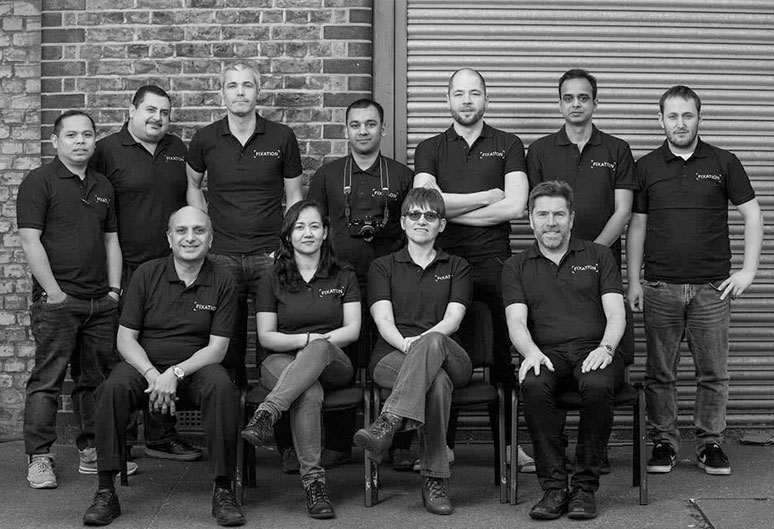
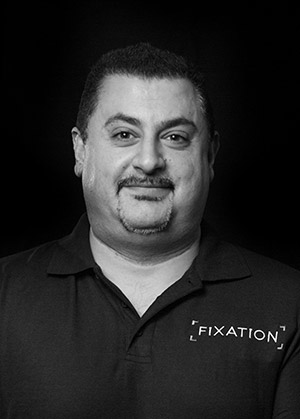
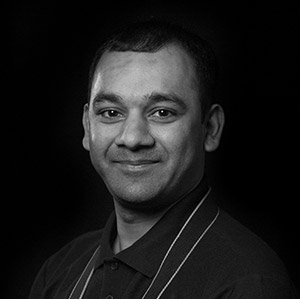 Noz
Noz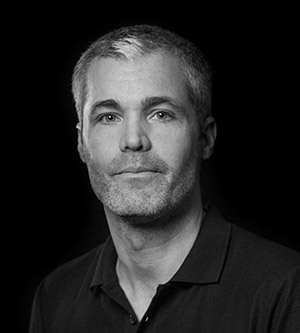 Chris
Chris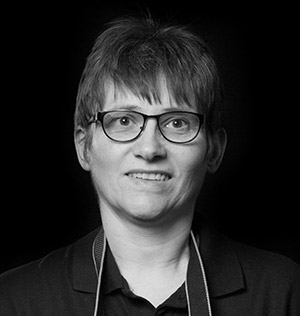 Joy
Joy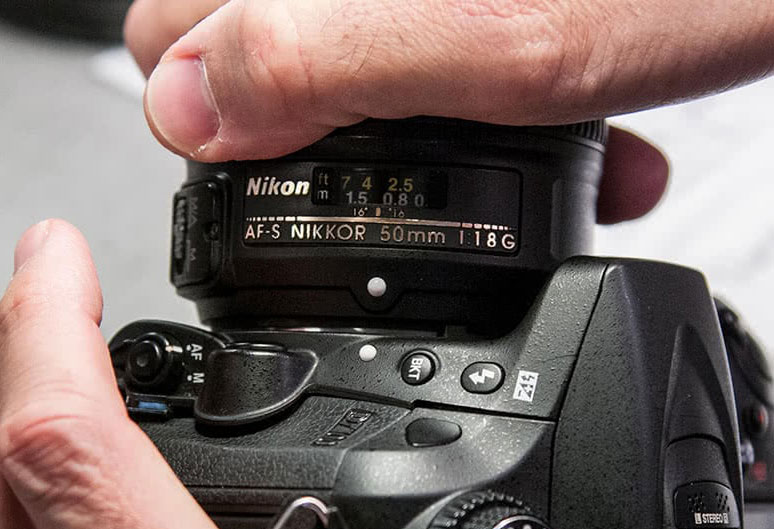
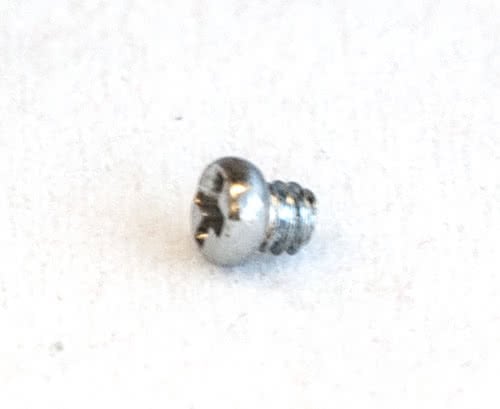 Here’s a useful tip for Nikon users: You see this screw? This 2mm screw that can be found tucked on the side of the bayonet on all Nikkor lenses? Well, if it falls off it can cause a lot of expensive damage!
Here’s a useful tip for Nikon users: You see this screw? This 2mm screw that can be found tucked on the side of the bayonet on all Nikkor lenses? Well, if it falls off it can cause a lot of expensive damage!